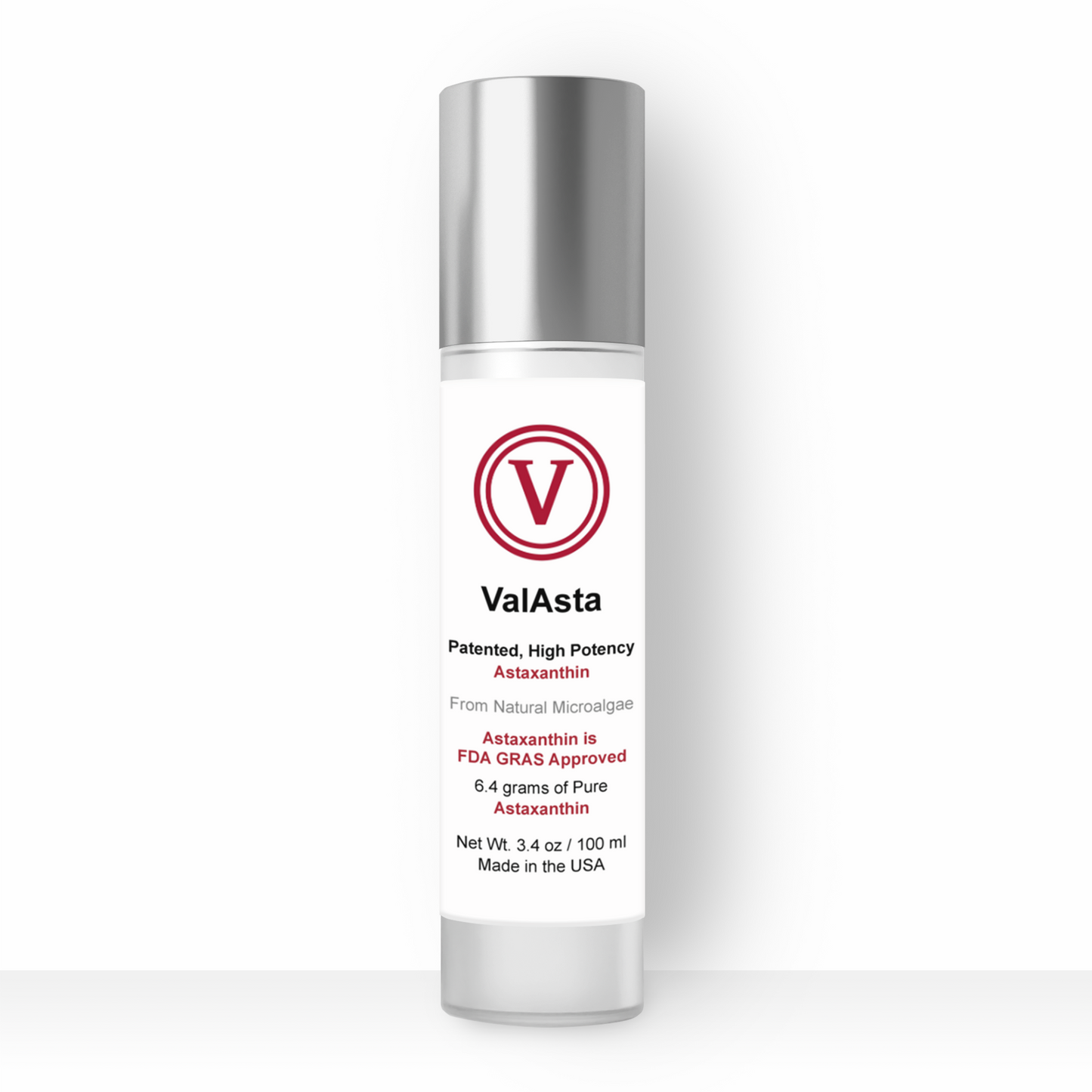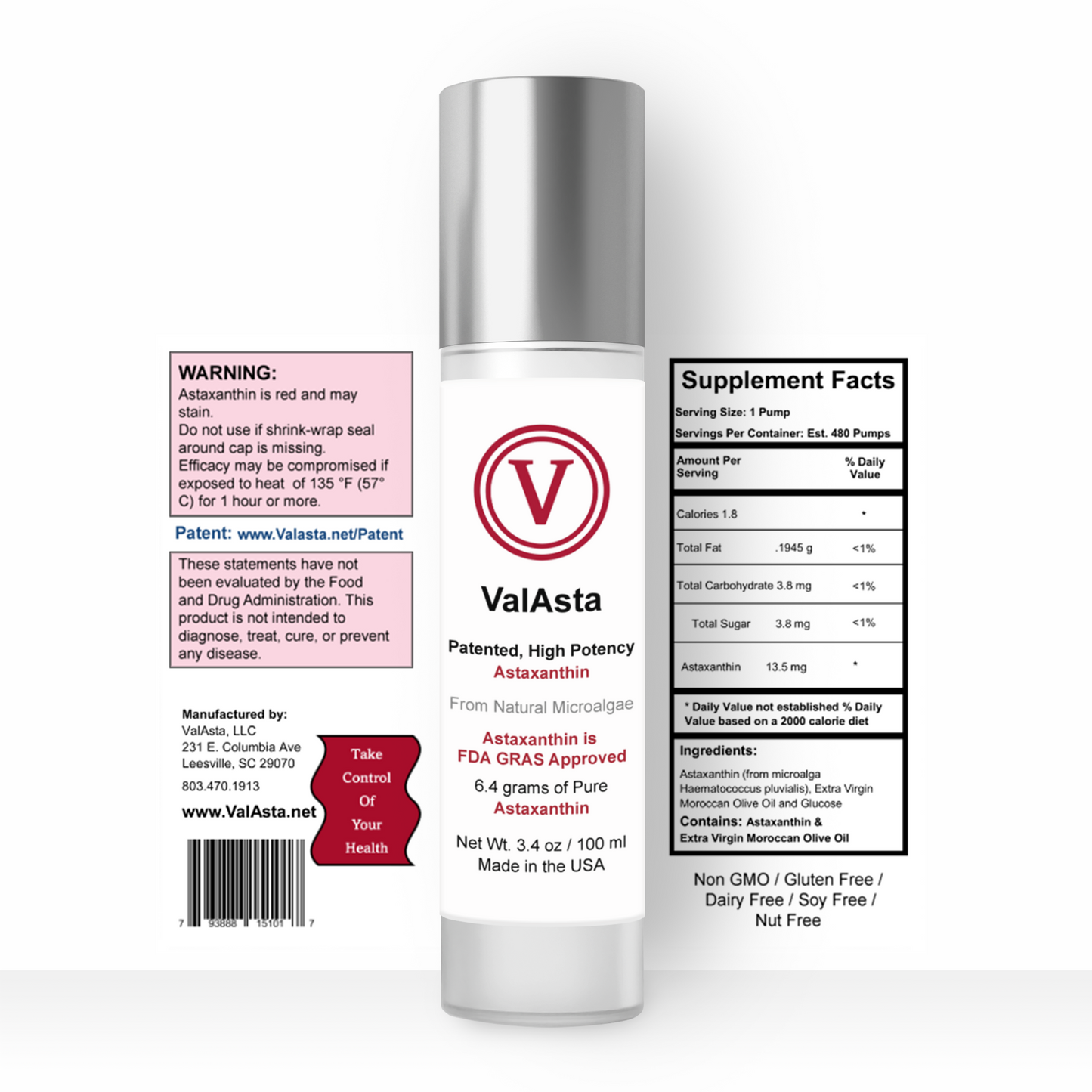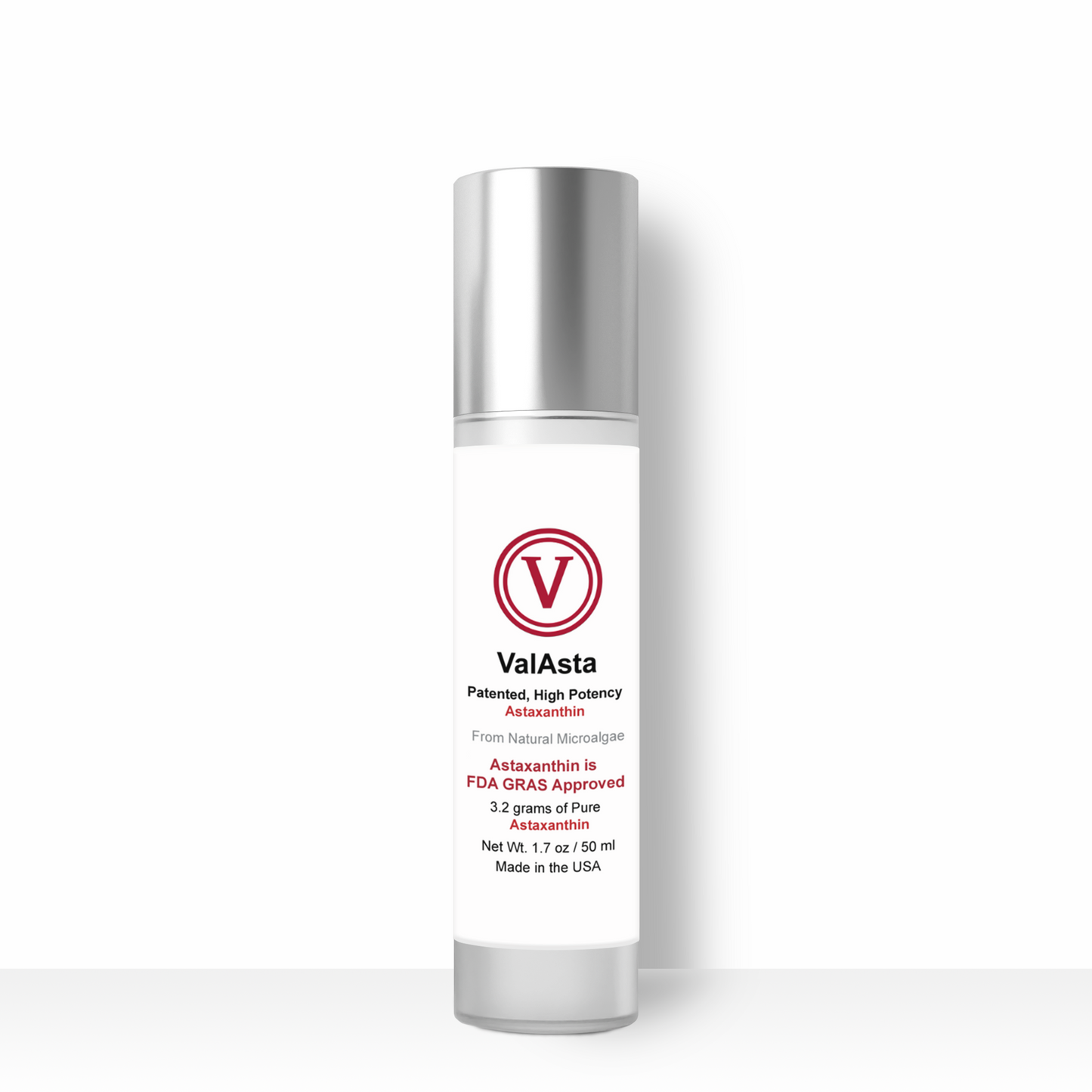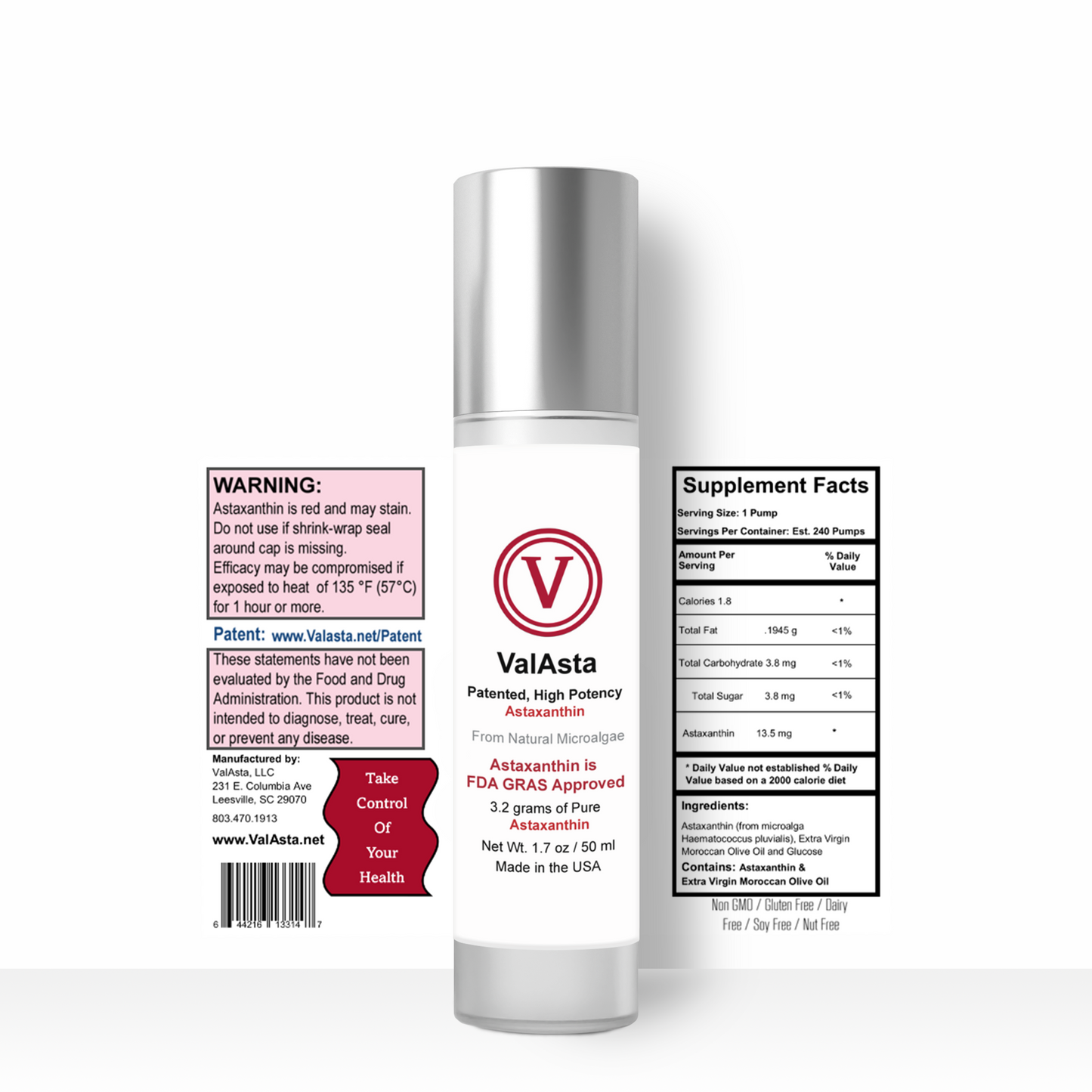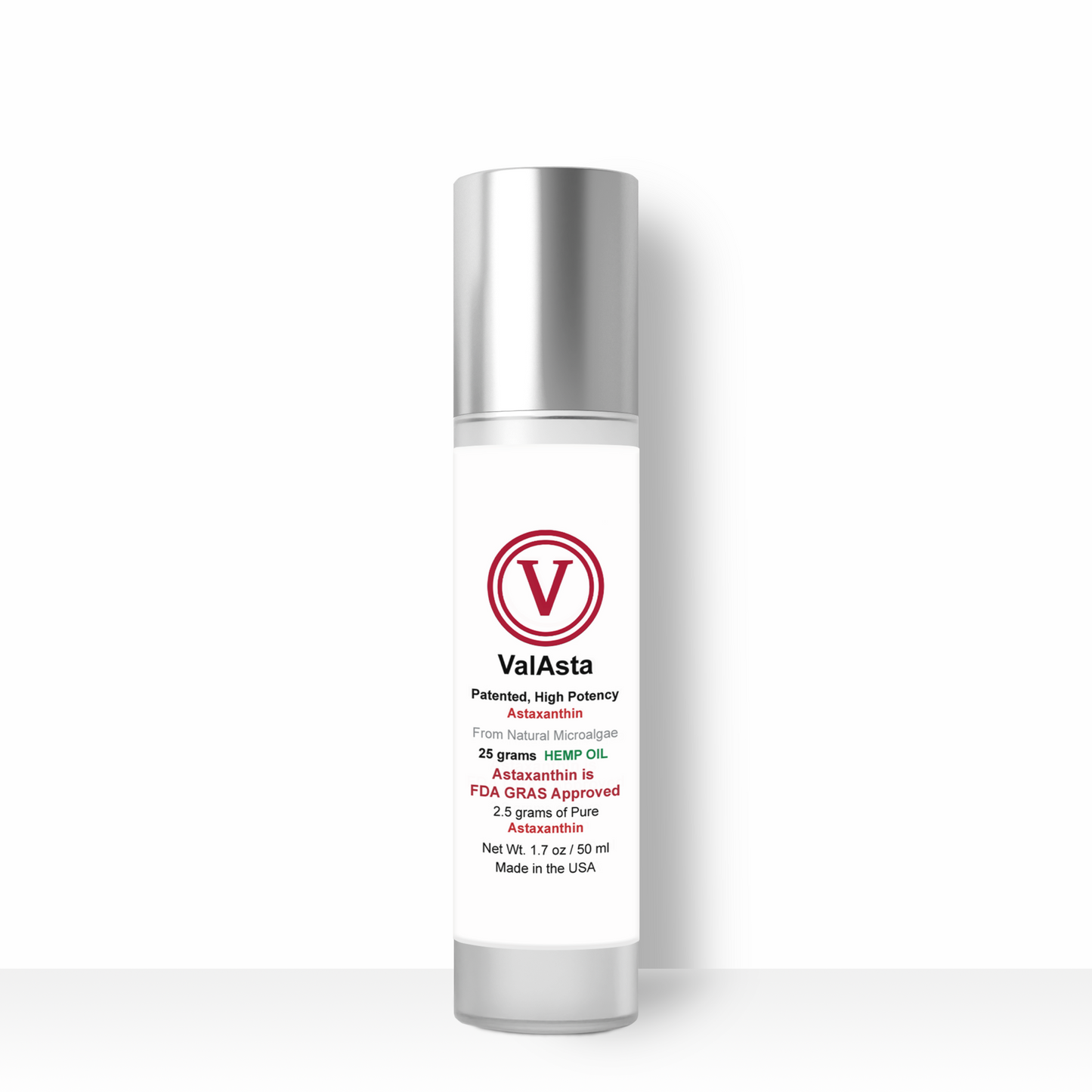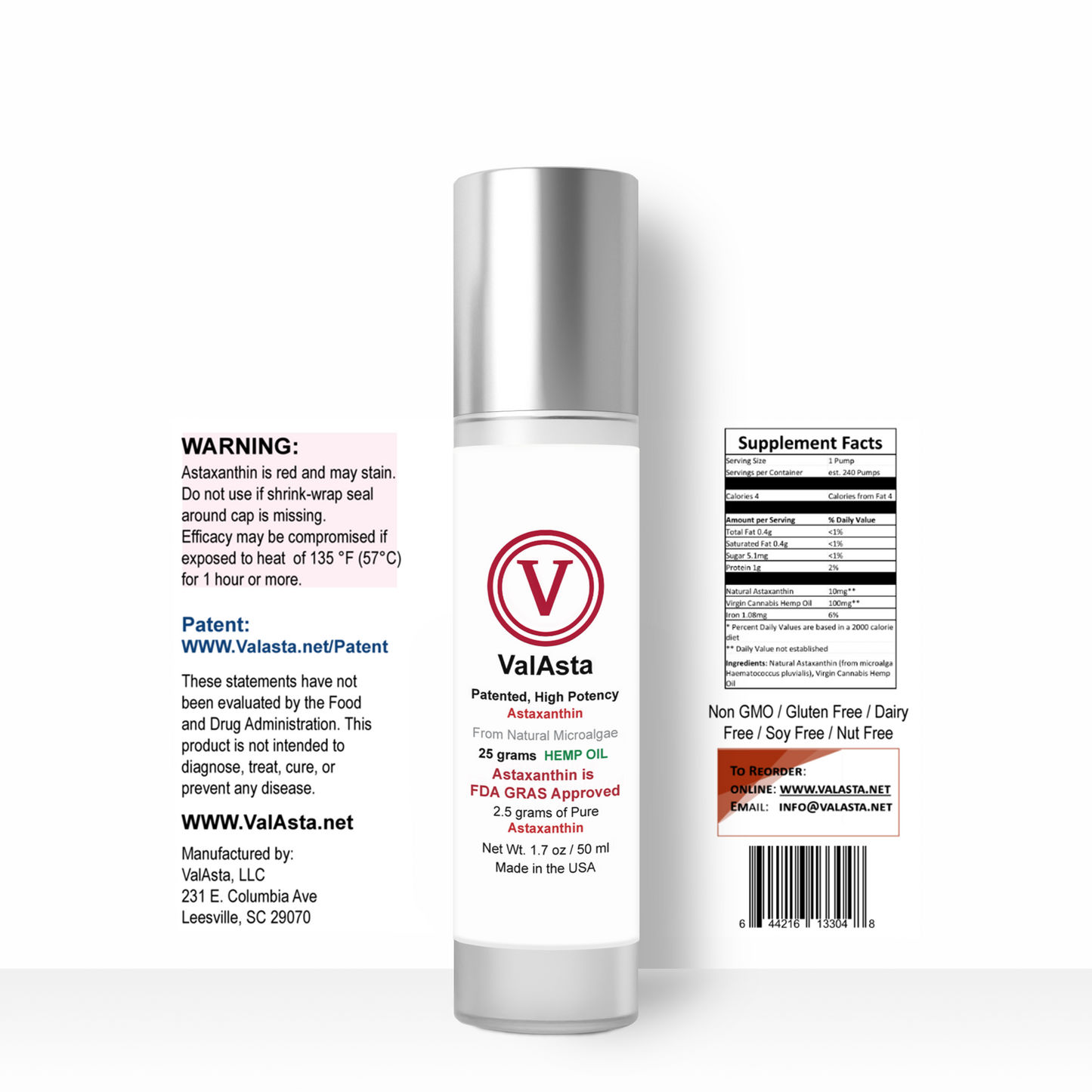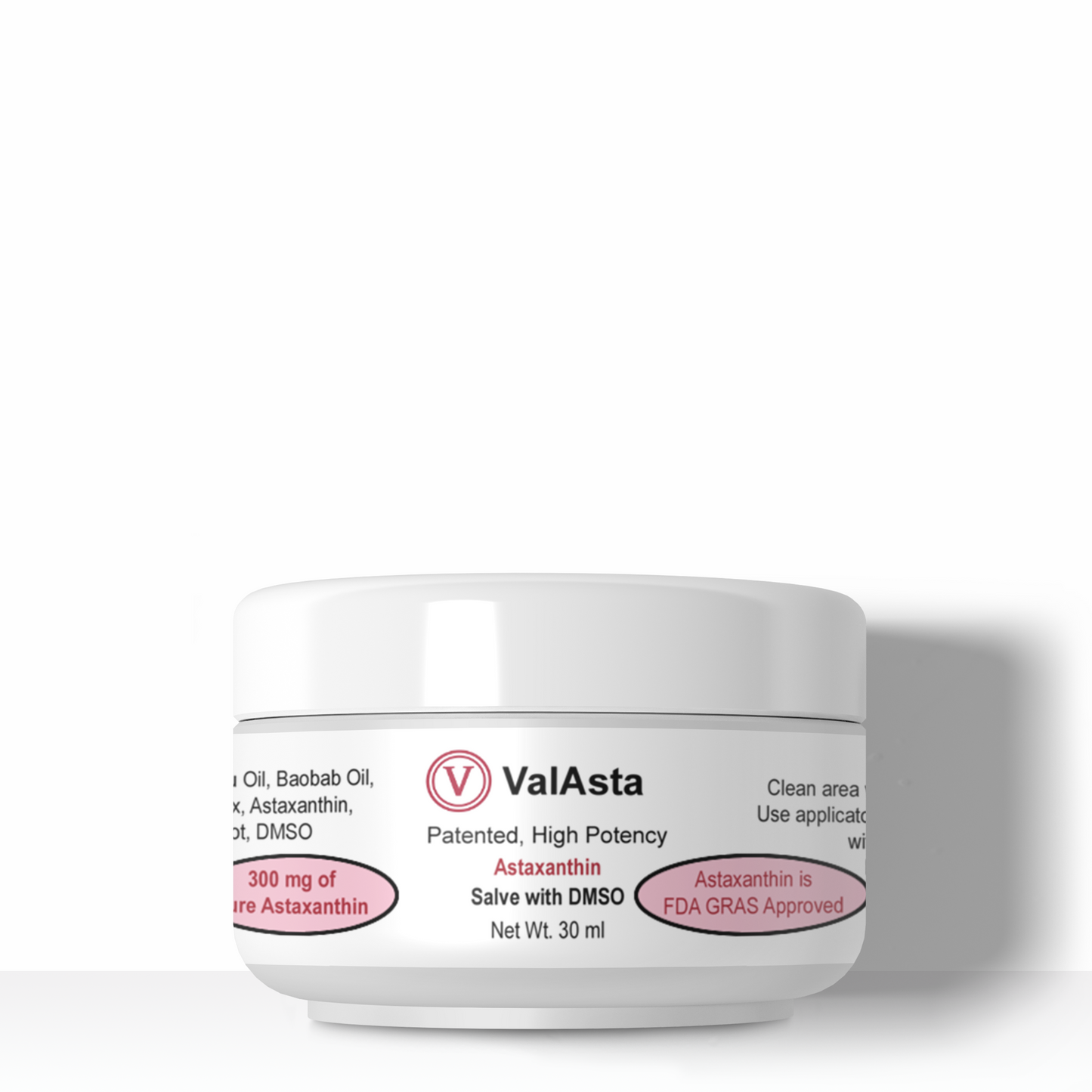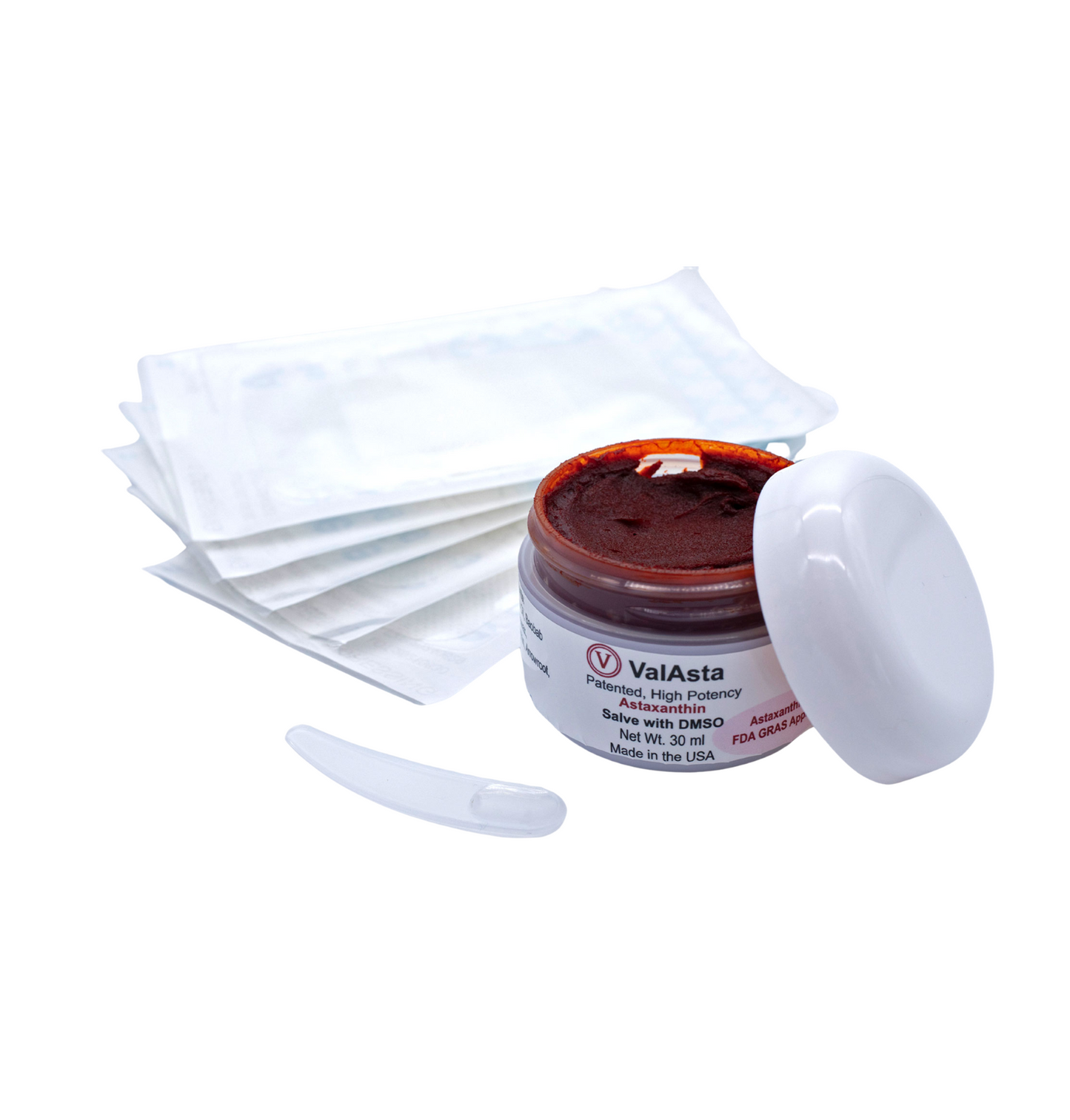
Ass. prof. Curt L. Malmsten, Räddningshälsan AB, Box 35, S-13421 Gustavsberg, Sweden
(Karolinska Institute, unpubl., 1998)
DESCRIPTION OF METHODS
The subjects of this experiment were young healthy male students not subjected to any medication. The students (n=40) were randomly divided into two groups of equal size. Before starting the dietary supplementation, each individual carried out the standardized test exercises to obtain starting point values.
The dietary supplementation comprised the intake of one capsule daily in conjunction with a meal. Individuals of the experimental group received capsules containing algal meal with a high concentration of Astaxanthin (manufactured by AstaCarotene AB, Gustavsberg, Sweden), whereas the placebo group received identical looking placebo capsules. Information regarding the contents of the capsules were not given to the individuals or the supervisor of the experiment until the end of the experiment.
The students were encouraged to exercise normally and to lead a normal life during the experimental period. No further control of the training conditions were performed.
Standardized exercise tests were carried out before starting the dietary supplementation, and after three and six months of dietary supplementation with the capsules. At each of these occasions blood serum Hb was measured and a health control was carried out.
During the experimental period, three individuals were discarded – one due to illness, one due to major orthopedic surgery, and one due to moving abroad (2 of the placebo and 1 of the experimental group).
Fitness, strength/endurance, and strength/explosivity were the physiological test parameters monitored.
Fitness was determined through submaximum load until steady state pulse (the Astrand method) was achieved. The test was carried out by a step-up exercise the a bench of 32 cm height at a pace of 25 step-ups per minute using a metronom. Each individual carried a gas tube set (Interspiro 324) weighting 17 kg used for smoke diving. Steady state pulse was achieved when during one minute deviation in heart rate compared to the previous minute was less than 3. Steady state pulse was achieved by all individuals within 6-9 minutes.
Fitness/endurance was determined as the maximum number of knee-bendings by each individual in a so-called “Smith machine” in standardized conditions. Warming up before the fitness exercise was carried out by biking on an ergometer bike according to a standard protocol (load 125 W for 3 minutes).
The knee bending was performed by bending knees to a 90° angle controlled by an adjustable stool. During the exercise the individuals carried a bar bell weighing 42.5 kg.
Strength/explosivity was estimated in standardized conditions using a Wingate machine with individually adjusted load and registration of maximum effect during 30 seconds. The standardized warm-up before this exercise was biking on an ergometer bike (5 minutes at 150 W followed by 3 minutes at 200 W and idling for 5 minutes at 50 W). The Wingate exercise comprised biking with a load calculated individually on the basis of the body weight (75 g/kg body weight). The test included minimum effort for 5 seconds – rest/slow biking for 60 seconds – maximum effort for 30 seconds. The effect was measured during these 30 seconds, which were following by biking at own speed.
During the entire experimental period, each individual made an assessment of his well-being on a scale from 1 to 10 (1=awful, 5=normal, and 10=excellent). The assessments were handed in to the test supervisor once every month.
To continue reading: Dietary Supplementation with Astaxanthin-Rich Algal Meal Improves Muscle Endurance - A Double Blind Study on Male Students

